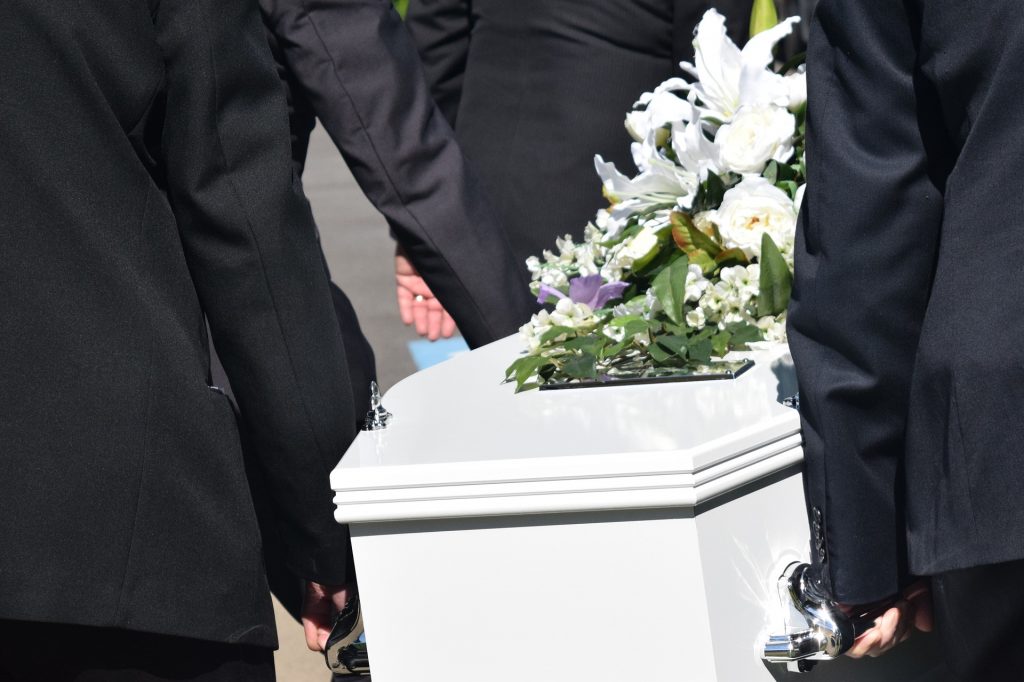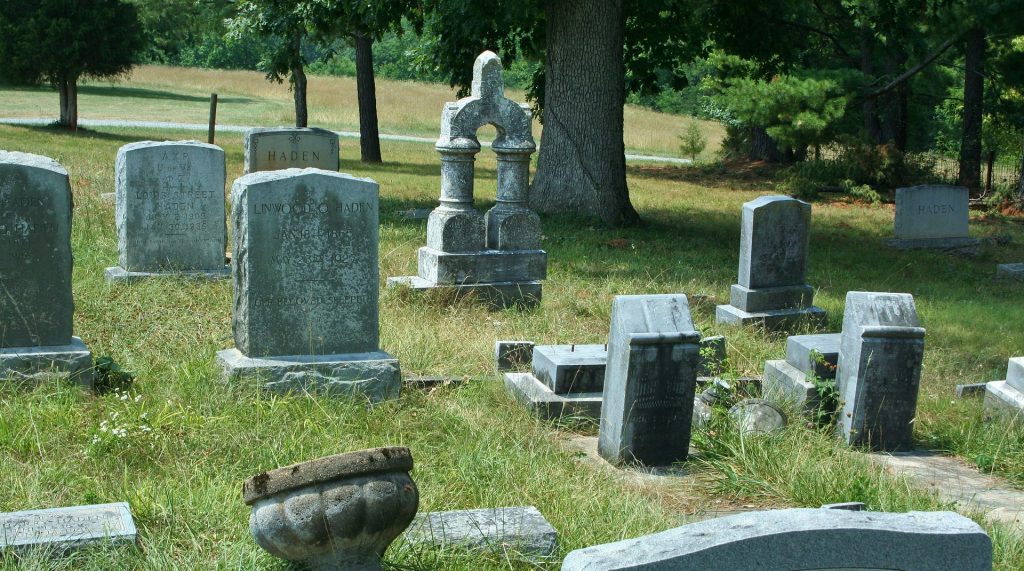I was 21 when my baba died. This was my first experience with the death of someone who was really close to me, but I was not completely sheltered from death before.
When we were kids, we were taken along to the funerals of extended family members. I don’t remember being traumatized—even at the funeral of a little boy who was almost exactly my age. What was memorable about that experience was that the funeral was in the white-steepled Roman Catholic church—where I’d never been—instead of the five-domed Ukrainian Catholic one my family attended. Mama and I were the only ones who went, and I remember holding her hand and chattering away as we walked to church.
It was Frances Itani’s The Company We Keep that got me thinking about death and dying. (I wrote about Itani’s book in an earlier post.) These are topics we don’t much talk about, and we are increasingly removed from the associated rituals.

When my father’s father died, in the early 1950s, his body was prepared at home, by his family. Friends and family kept vigil until it was time for the final journey to church and to the grave.
By the late 1950s, when my mother’s father died, his coffin was laid out in the National Hall, where friends and neighbours gathered to grieve and pray and keep vigil as the Book of Psalms was read all through the night.
Changing Times
Today, many of the old funeral rituals have been lost. We’ve abandoned our dead to the care of strangers in a multi-million funeral industry. Dying is no longer a family matter. It has become big business.
In Edmonton, a recent news story noted that a typical burial costs $5,000–$10,000. Cremation typically costs $2,000–$5,000, and it’s an increasingly popular option. The Cremation Association of Canada reports that more than 73% of Canadians opted for cremation in 2019, and that this proportion will rise to nearly 78% by 2024.
Consumers perceive cremation to be a greener option than burial, but this isn’t necessarily the case. A single cremation consumes gas and generates as much pollution as five burials or a 500-mile car trip.
On the other hand, the embalming fluids used in traditional burials contaminate groundwater with mercury, arsenic and formaldehyde, and coffins and grave liners eat up massive resources. It’s estimated that the annual amount of hardwood used for burials in the United States could build 2,000 homes.
In 2014, Mary O’Connell of CBC News reported that a typical 10-acre cemetery contains enough formaldehyde to fill a swimming pool. O’Connell also noted that a year’s supply of concrete for North American burial vaults could build an 850-kilometre highway.
Remembering
When someone dies, Ukrainians say “Вічная пам’ять”—which loosely translates as “May you be remembered for eternity.”
But loved ones are only remembered as long as someone knows and tells their stories.
Both of my grandfathers died before I was born, but I still had a sense of them as people because of the stories told about them. My childhood prayers always concluded with the phrase “Дай Боже папу і здоров’я і візми діди до неба”—baby talk words that meant “May God grant us our daily bread and good health, and take the grandfathers to heaven.”
And of course, we visited the grandfathers’ graves every year, in the forty-day period after Easter.

I remember being a sanctimonious little kid and scolding children who didn’t know you weren’t supposed to step on people who were buried. You were supposed to walk around their graves.
But I don’t remember ever being afraid of being in a graveyard. It was just one more family ritual, and one more occasion for the telling of family stories.
When I die, I think I’d like to be buried in a pod under a tree. I don’t want any fuss and I definitely don’t want a pile of money spent on a funeral. But I do hope that someone will tell stories about me, and that I will be remembered with a kind, soft word.